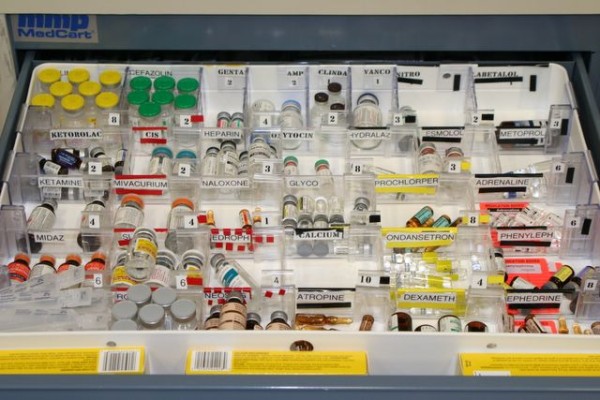Medication trays – a.k.a. med trays, code trays/kits/boxes/bags, transport trays/kits/boxes/bags, intubation kits, C-section trays, anesthesia trays, and so on ad infinitum – are common in acute care pharmacies.  I’ve seen them in every variation you can imagine in every pharmacy I’ve ever been in.
Depending on the situation, med trays can contain a large number of injectable medications. For example: code trays may contain several different neuromuscular blockers like vecuronium, rocuronium, succinylcholine; pressors like epinephrine, norepinephrine, phenylephrine;  other code drugs like atropine, vasopressin; reversal agents like naloxone and neostigmine; antibiotics, etc, while a C-section tray may contain local anesthetics in various shapes and sizes (lidocaine with or without EPI, SDV or MDV, bupivacaine of various concentrations, etc). The list goes on. It’s pretty crazy.

Read more

